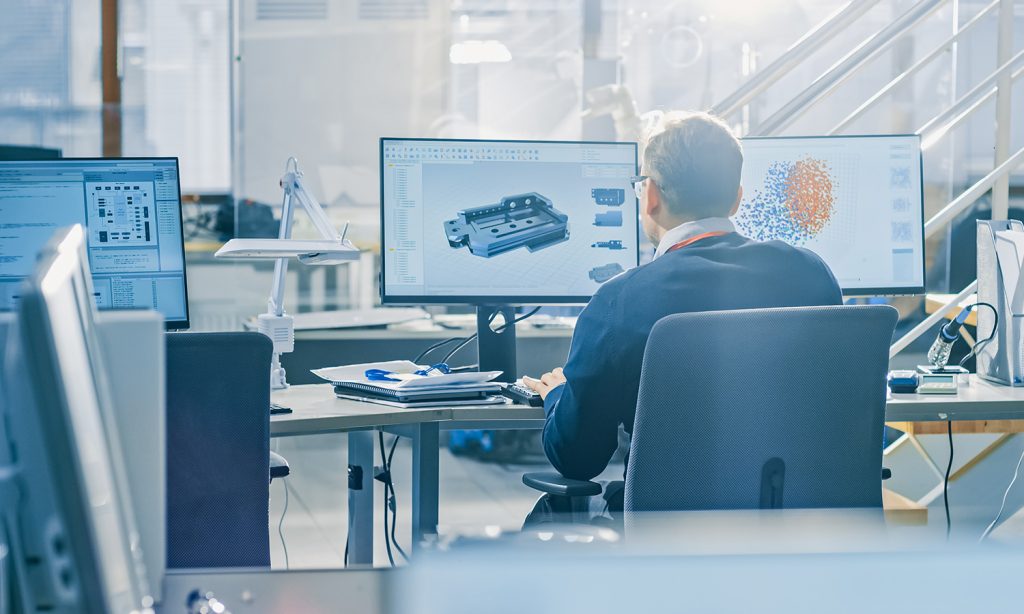
A product’s specification should be contained within a living document that defines, documents and maintains the product requirements and lessons learned throughout the design and development process. It evolves over each stage of a project; if there are no changes to it during your project, it means you are not learning anything. But what can you expect during each stage, and what exactly are those stages?
It starts with some simple questions: What does the product do? What are the requirements?
While the first inclinations to answer those questions might seem obvious, the devil is in the details. For example, what are the safety or regulatory requirements? Sometimes development teams start with UL (Underwriter Laboratories) safety considerations, which also served as a starting point for product test requirements. But remember: UL is a safety certification, not a reliability standard. The product may not last ten minutes, but it can pass UL if it fails in a safe manner. The exceptions are any product that provides safety ranging from emergency lighting to medical devices. Pursuing a UL certification for the product can be done by opening a preliminary listing program with UL, or using a consultant with experience with similar products.
Once you think you have a good idea of what the product will do, and what some of the product requirements (product specifications) will be, it is usually advisable to conduct quick iterations of prototyping to help de-risk the project and confirm the critical design decisions. These iterations are proof of concepts that help validate the components and/or technologies that are intended for the product. Documenting what worked and – most importantly – what didn’t work will save the project from potentially re-living unfeasible design choices later in the project.
As the project progresses the efforts will be focused on creating a holistic product design with the project stage culminating in Alpha prototypes. This stage of the project tends to contribute the greatest to the product documentation as many details, considerations and lessons learned will be captured. Iterations of the Alpha prototype design often occur, as prototypes meet your specification but not your intent. Or they meet your intent but customer, safety or stakeholder requirements are subsequently discovered.
After the Alpha design stage the product design is evolving to include and balance manufacturing, cost and quality considerations. Beta prototypes are subsequently built for use in testing of all types and the product documentation continues to mature in kind. For example, a hinge used within the product kept failing in testing so a stronger design was used. If someone has a problem with that design later, there is a path leading to the decision so you do not just go back to the first concept and repeat the same cycle. Similarly, there are many small lessons learned with electronics during this stage due to electromagnetic interference & susceptibility (EMI/EMC) testing. EMI is how much radio frequency radiation is created by the device (does the internet wireless stop working when this is turned on?). EMC is how susceptible it is to radiation from other sources (does it shut down every time the kitchen microwave turns on?). This also shows the importance of the first stage of the project, where failing to define the regulatory standards (EMI/EMC) can mean a test failure of the product and potentially a significant redesign effort.
Even after the Beta stage, when the project is in the pre-production phase and efforts are focused at the factory, there may be product design changes needed based on what the factory can efficiently build. With electronics it can be due to a component that now has a twelve month lead time, six days after you built the Beta prototype with, then, readily available parts. Small changes can require new validation testing, but this time it is off the production line and costs are much higher.
Documenting all of the above is a continuous process that continues well after the product is entrenched in the market. An example is customer returns or feedback. What broke and why? Were there negative online reviews? Remember, only 1 out of 10 customers will complain to the supplier. The other 9 go away and tell their friends how bad it is. It all contributes towards ensuring improvements in the product.
Don Herres, P.E. is a Product Design Expert with decades of experience in electrical and mechatronic design and engineering, a IEEE Senior Life Member, a mentor to many electrical engineers over the years and has led, and contributed to, countless product development projects.
